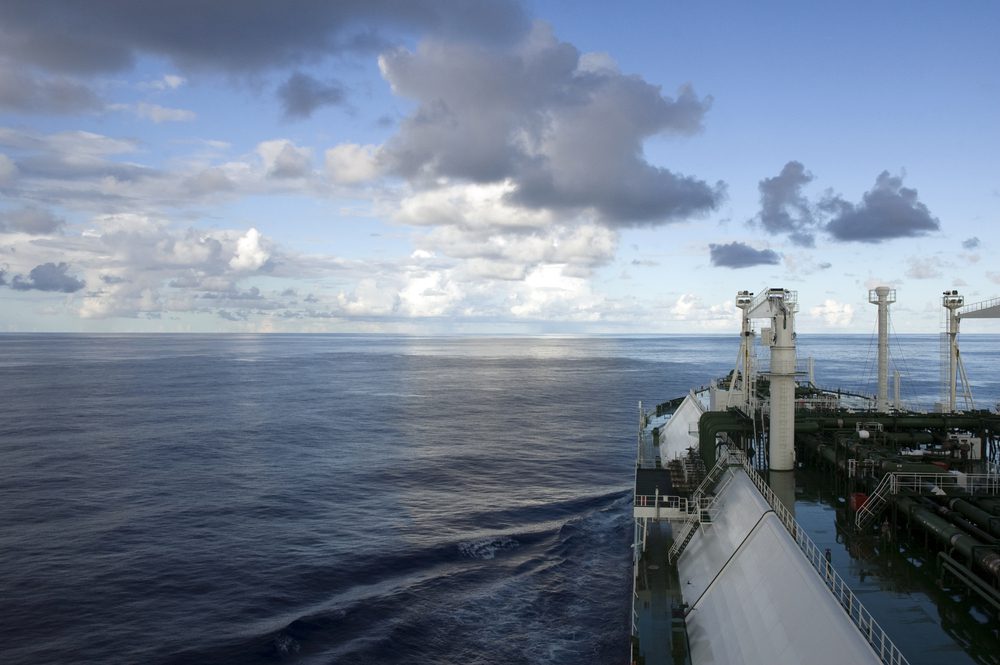The United States would need to build at least 100 LNG carriers if the government were to require that all U.S. natural gas exports be transported to overseas markets on U.S.-built-and-flagged ships, according to a new report by the U.S. Government Accountability Office.
According to Department of Energy (DOE) and industry expectations, in the next few years the United States is expected to change from a net importer of natural gas to a net exporter, with those exports destined for different regions of the world, especially Asia. Currently there are five large-scale U.S. liquefaction facilities under construction across the nation with a projected capacity to export more than 12 percent of U.S. natural gas production in 2020. The report says that the liquefaction capacity at these five facilities has already been sold mainly through 20-year contracts, with the customers responsible for transporting the LNG to export markets.
But if Congress were to pass proposed legislation that would require the use of American LNG carrier to transport these exports, the U.S. will need 100 or more LNG carriers and between 4,000 and 5,200 mariners to operate them, the GAO found. Based on the current capacity of U.S. shipyards, the GAO says that this many ships would likely take over 30 years to build and they would cost two to three times more than similar vessels built in Korean shipyards, as well as being more expensive to operate.
“Based on GAO analysis, these costs would increase the cost of transporting LNG from the United States, decrease the competitiveness of U.S. LNG in the world market, and may, in turn, reduce demand for U.S. LNG,” the GAO said in its report, titled Implications of Using U.S. Liquefied-Natural-Gas Carriers for Exports.
The report added that no new LNG carriers have been built in the United States since before 1980 and there are currently no LNG carriers registered under the U.S. flag.
The report added:
“Additionally, limited availability of U.S. carriers in the early years of construction may decrease the amount of LNG that could be exported from the United States for a period of time, leading customers to seek alternate sources. Further, a reduction in the level of expected U.S. LNG exports could impact the broader U.S. economy, including potential job and profit losses in the oil and gas sector.”

 Join The Club
Join The Club











